The barn floor is of great importance for animal health, maintaining hygiene, and ease of care. A solid, non-slip, and easy-to-clean floor not only allows animals to move comfortably but also minimizes the risk of disease. Therefore, the choice of flooring material directly affects the long-term efficiency of the barn and animal welfare.
A suitable floor not only contributes to hoof health but also saves labor. Daily cleaning and manure management become easier, providing advantages in terms of time and cost. In addition, choosing a durable structure reduces the need for floor replacement for many years.
Another point to consider for barn floors is the drainage system. A well-planned slope and water discharge system prevent moisture and dirty water from accumulating on the floor. In this way, both odor formation is prevented and the environment in which the animals are kept becomes healthier. These details are fundamental elements to be considered when choosing the right floor.
Which Materials Should Be Used for Barn Floors?
The materials used for barn floors are a determining factor in protecting animal health and facilitating care processes. Choosing a material that is solid, hygienic, durable, and non-slip brings both animal welfare and long-term usage advantages. At the same time, the flooring material greatly facilitates manure management and cleaning processes, offering the farmer savings in time and labor.
Materials that can be preferred for barn floors:
- Concrete: Durable, long-lasting, and easy to clean.
- Rubber coating: Supports joint health and provides comfort for animals.
- Wood: A natural option, but requires regular maintenance due to moisture and bacteria.
- Clay or earth: An economical solution, but may cause hygiene problems in modern systems.
- Rubber mats: An additional solution particularly preferred to protect hoof health in cows.
When choosing the appropriate material, not only cost but also animal comfort, occupational safety, and long-term durability should be considered. Therefore, each farm should determine the most suitable floor for its needs and, by supporting it with drainage systems, create an environment that is both hygienic and healthy.
How Should a Barn Floor Be Built to Be Durable?
To ensure durability in barn floors, a solid base must first be created. Compacting the soil and pouring concrete of appropriate thickness on top is one of the most reliable methods for long-term use. This structure maintains resistance to the movements of heavy animals and reduces the risk of deformation.
It is very important that the concrete surface be applied with a rough finish to achieve a non-slip property. Thus, the risk of animals slipping and getting injured is reduced, and daily use becomes safer. In addition, reinforcing the surface with rebar to prevent cracking increases durability.
For the floor to be long-lasting, it needs to have a good drainage system. Sloped structures that prevent water accumulation both avoid moisture-related deterioration and raise hygiene standards. Thanks to regular discharge, the floor remains dry and solid at all times.
Selecting high-quality materials alone is not sufficient to maintain durability. Regular maintenance must also be performed, and cracks or wear should be repaired early. In this way, the barn floor offers safe, solid, and hygienic use for many years.
How Should a Barn Floor Be Designed to Suit Animal Health?
Designing the barn floor to suit animal health is a critical factor for both welfare and productivity. A solid, non-slip, and easy-to-clean floor protects animals’ joint health, prevents injuries, and reduces disease risk. In addition, maintaining hygiene standards prevents many problems, from respiratory illnesses to hoof diseases.
Points to consider for a barn floor suitable for animal health:
- Prefer a non-slip, textured surface
- Strong drainage system and prevention of water pooling
- Use of materials that make hygiene easy to achieve
- Support joint and hoof health with soft coverings
- Design suitable for ventilation to prevent the formation of harmful gases
Choosing an appropriate floor not only protects animal health but also increases productivity by offering a more comfortable living space. A solid structure supported by regular maintenance and cleaning creates an advantageous environment for both the farmer and the animals in the long term.
Which Is More Suitable for Barn Floors: Concrete or Rubber?
Concrete and rubber are the most prominent options when choosing a material for barn floors. Concrete stands out with its strength and long service life. As it provides a strong base, it is resistant to the movement of heavy animals and can be used for years with regular maintenance. However, the hard structure of concrete may have negative effects over time, especially on joint and hoof health.
Rubber coverings, on the other hand, offer a flexible and soft surface that increases animal comfort. While its non-slip structure reduces the risk of falls and injuries, it also supports joint health. Although it is not as easy to clean as concrete, it is increasingly preferred in modern barns due to the comfort it provides and its contribution to hoof health.
The most suitable solution depends on the needs of the farm. Businesses seeking high durability can achieve both strength and comfort by adding rubber mats on top of concrete floors. In this way, while protecting animal health, the floor becomes an economical and practical structure in the long term.
Why Is Drainage Important on Barn Floors?
Properly planning drainage on barn floors plays a critical role for both animal health and the lifespan of the structure. The accumulation of water and waste on the floor increases moisture, bad odor, and disease risk. With a good drainage system, the environment remains dry and hygienic at all times, which allows animals to move comfortably and makes maintenance tasks easier.
Main factors showing the importance of drainage:
- Prevents the accumulation of water and urine on the floor, reducing the risk of slipping.
- Prevents the formation of bacteria and parasites caused by moisture.
- Prevents odor and hygiene problems.
- Increases floor durability and extends the lifespan of the structure.
- Protects animals’ hoof health and contributes to productivity.
A drainage system supported by concrete surfaces with the correct slope, suitable discharge channels, and regular maintenance helps ensure that the barn is used in a healthy and economical way in the long term. Therefore, drainage is not only a comfort factor but also a mandatory requirement for sustainable livestock farming.
How Should a Barn Floor Be Designed for Ease of Cleaning?
A barn floor should have a practical structure in terms of cleaning. Designing the surface to be flat, non-slip, and easy to wash greatly facilitates daily maintenance tasks. At the same time, sloped structures that prevent the accumulation of manure and urine shorten cleaning time and raise hygiene standards. With the right design, both labor is reduced and the environment in which the animals are kept becomes healthier.
Points to consider for ease of cleaning:
- Use a smooth and easy-to-wash surface
- Provide slope suitable for the drainage system
- Prefer non-slip and hygienic materials
- Leave ample space for cleaning equipment to move comfortably
- Extend surface lifespan with regular maintenance
Paying attention to these criteria in floor design not only speeds up the cleaning process but also helps prevent diseases. A barn where hygiene is easily maintained offers great long-term advantages to the farmer in terms of both animal health and productivity.
How Should a Barn Floor Be Planned for Heat and Moisture Control?
Heat and moisture control should not be overlooked when planning a barn floor. The right choice of materials helps maintain temperature balance and prevents moisture from accumulating on the floor. Applying additional insulation over durable materials such as concrete reduces cold transfer in winter and mitigates the effects of excessive heat in summer. In this way, a more comfortable living space is created for the animals.
For moisture management, the floor should be given an appropriate slope and an effective drainage system should be installed. Thus, the accumulation of urine and wash water on the floor is prevented, and mold and bacteria formation is avoided. At the same time, the risk of slipping on the floor surface is reduced and cleaning tasks are made easier. This structure, supported by proper air circulation, also positively affects the overall hygiene of the barn.
In heat and moisture control, not only the floor but the entire barn design should be considered together. Rubber mats or insulated coverings used on the floor protect animals’ joint and hoof health while increasing environmental comfort. With a well-planned floor, animals’ stress levels decrease, the immune system is strengthened, and productivity increases.

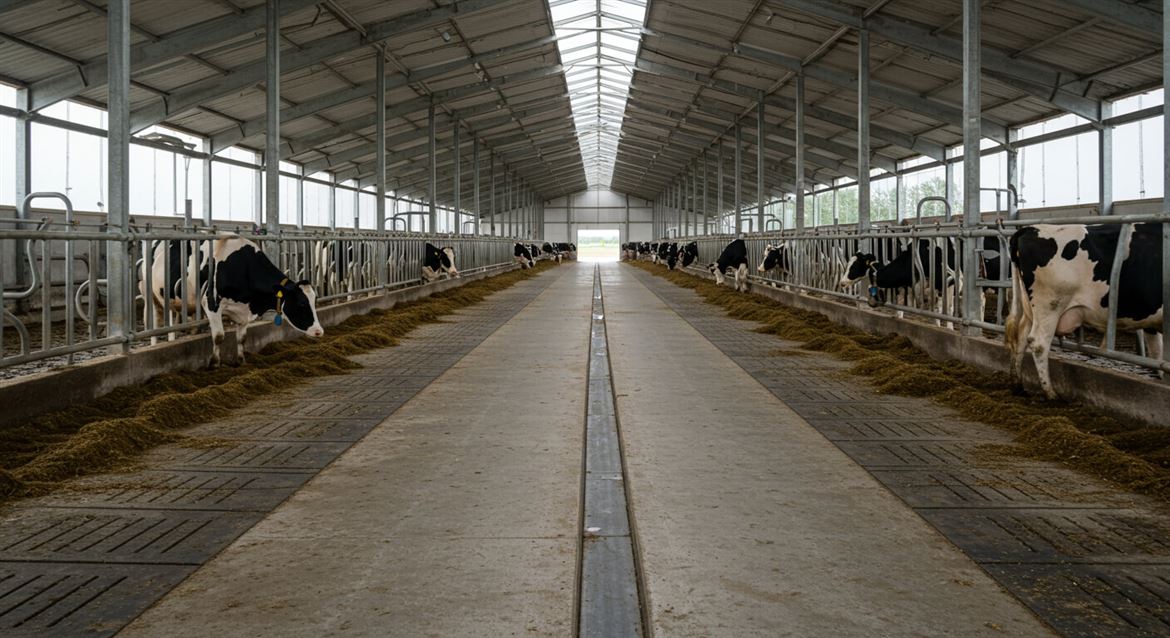
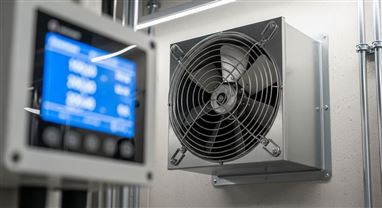

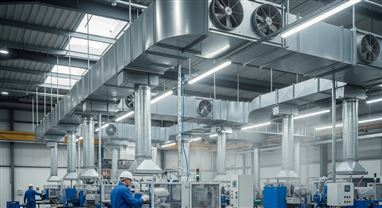
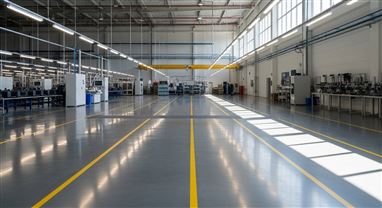

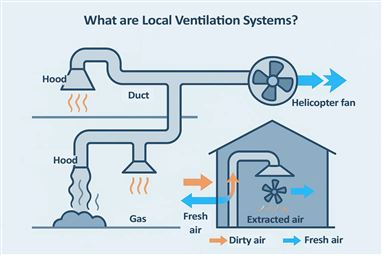



Leave a Comment